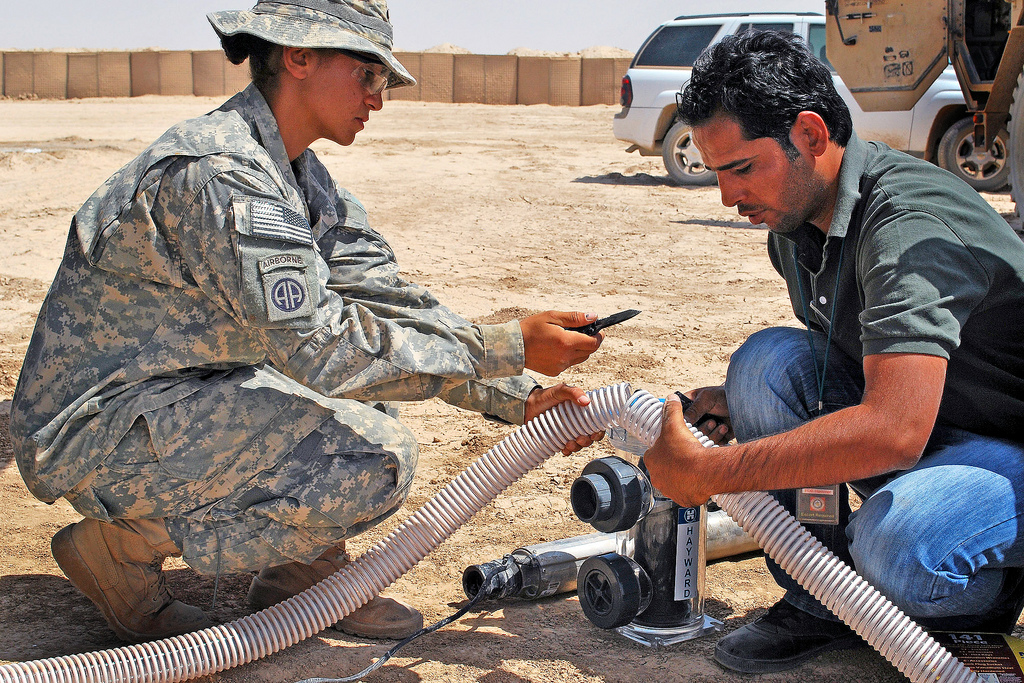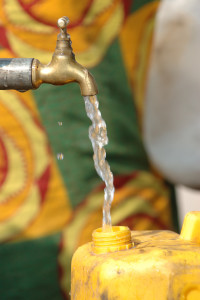
Most water treatment plants implement standard protocols designed to remove harmful pathogens from the water they process. However, in some cases, a few pathogens may persist after treatment and enter your water distribution system. Likewise, if the conditions are right, pathogens may even be able to live and grow within the distribution system itself and contaminate water as it passes through. Fortunately, there are steps you can take to remove these pathogens from your distribution system, improve the quality of your water and reduce health risks. Below are five tips you can use to prevent disease in your water system.
1. Monitor chlorine residuals.
According to the Centers for Disease Control, the presence of free chlorine in water is an indicator of the water’s safety for consumers. When chlorine residuals are at appropriate levels, you can be reasonably sure that enough chlorine was added to the water in order to eliminate existing contaminants and protect the water from further contamination. When chlorine residuals are low, however, you know that the water may need additional treatment to make it safe for consumers. Low chlorine residuals may also indicate a need for system cleaning or maintenance.
2. Perform regular distribution system cleanings.

3. Clean your filtration system.
The water distribution network’s filtration system is its first line of defense against potential contaminants. Keeping the filtration system clean through regular maintenance will ensure that the system is operating properly. Regular filter maintenance will also reduce costs and extend the life of your facility’s equipment. Two primary approaches to filtration system cleaning are available: simple media cleaning and advanced chemical cleaning. Although advanced chemical cleaning tends to be more expensive than simple media cleaning, it is also more effective.
4. Clean your tanks.
When treated water spends time in storage tanks, it can undergo changes in quality because of several factors, including the amount of time spent in the tank, fluctuations in temperature, the presence of sediment and the presence of deposits on the interior surfaces of the tank. In fact, the surfaces of water storage tanks often harbor harmful disease-causing pathogens, such as Legionella pneumophila, Pseudomonas aeruginosa and more. For this reason, regular and thorough cleaning of your storage tanks is highly recommended. As with general water distribution cleaning, multiple methods exist. Some common tank cleaning methods include chemical cleaning, power washing, divers and remotely operated vehicles. These methods vary according to their effectiveness and cost. While chemical cleaning is the most expensive and most effective, remote operated vehicles are the least expensive and least effective.
5. Remove biofilms.
All of the interior surfaces of your water distribution and storage equipment have the potential to become covered in biofilms, which are grouping of microorganisms that have stuck to one another. Biofilms often contain dangerous pathogens, including bacteria, viruses and fungi, that can contaminate water and cause disease. Unfortunately, biofilms can be difficult to remove. When choosing cleaning methods for filtration systems, tanks and pipes, be sure to consider the potential presence of biofilms and select a method accordingly. For example, although mechanical cleaning methods may be less expensive than chemical cleaning, they will not always remove biofilms effectively. Thus, because chemical cleaning methods can thoroughly remove biofilms and eliminate the pathogens they contain, it is often worth the extra money.
Sources:
Photo credit: The U.S. Army / Foter / CC BY
Photo credit: Julien Harneis / Foter / CC BY-SA
http://www.cdc.gov/safewater/chlorine-residual-testing.html
https://blueearthproducts.com/wp-content/uploads/2014/08/Blue-Earth-November-2013.pdf
www.blueearthlabs.com/wp-content/uploads/2014/08/Blue-Earth-January-2014.pdf
https://blueearthproducts.com/wp-content/uploads/2014/08/Blue-Earth-December-2013.pdf

